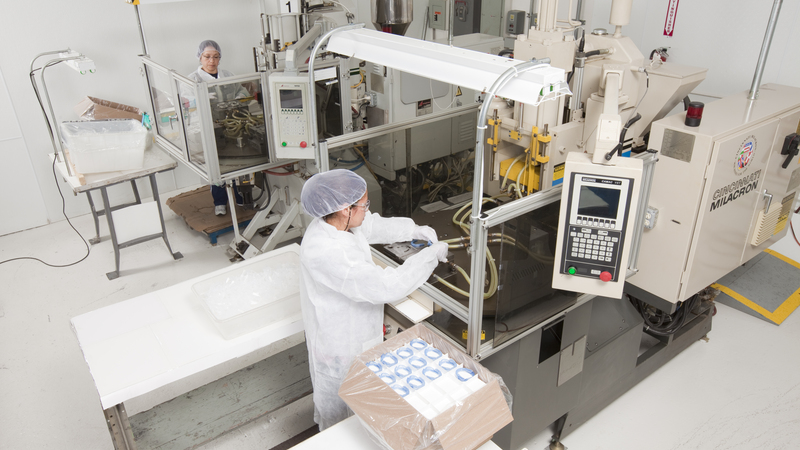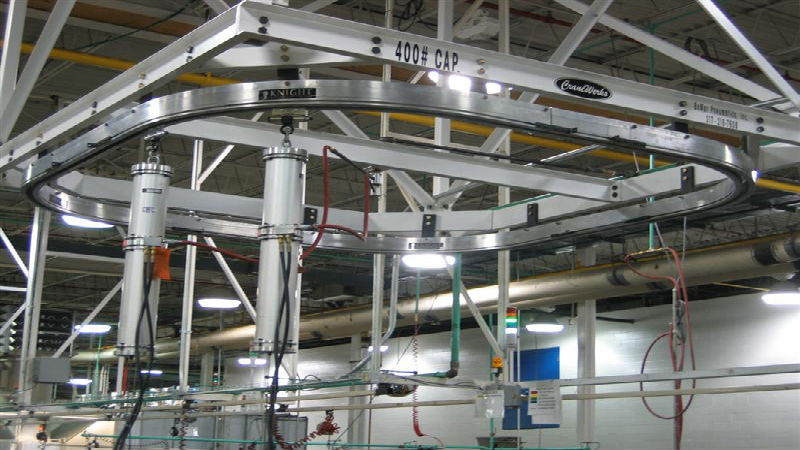When it comes to fasteners, there is a very wide range of different options readily available at most building supply stores. For specialized types of OEM, fabrication, construction or manufacturing needs there are also companies specializing in custom fasteners designed to order.
One of the most commonly used fasteners for construction purposes are J bolts. These bolts are named because of the shape they form. The long part of the J can be several inches in length or it can be quite short. The long tail is the threaded part of the bolt with the top part of the J forming a hook-like shape.
Construction Use
The larger sizes of J bolts are used in construction. This includes both residential as well as commercial construction projects. These bolts are best when placed directly in the wet cement and they can be used for walls, decks or additions to a home or building.
In this type of application, the J or the hook part of the bolt is placed in the cement to the desired level. This is best accomplished by marking the end location of the bolt and inserting the J part of the bolt into the cement on a slight angle.
Move the bolt into the upright position so the threaded straight end of the bolt is the right position. The cement can then be smoothed around the shaft of the bolt. When the cement dries, the J shape acts as an additional anchor to tighten even the large, heavy component of the construction firmly to the pad or floor.
Anchors
In fabrication and manufacturing, the hook component of J bolts also comes in very handy. These are often smaller and use a finer thread than the larger options used in construction.
This can be inserted through drilled holes in materials such as wood or metal. They are durable, strong and excellent for firmly holding items into a frame. They can be effective in designing storage options for tools or heavier items with the J-shaped hook forming the hanger and the longer tail attached through the backing for easy to configure storage options.
These bolts are often made of stainless steel to provide high levels of corrosion resistance. They can also be treated with additional metal finishing to make them highly resistant to corrosion and damage even when exposed to salt water, chemicals or other types of potentially damaging liquids or gasses.


